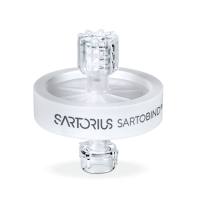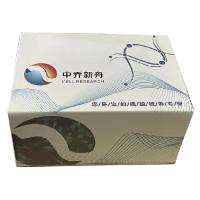Site-Directed Mutagenesis Using a Rapid PCR-Based Method
互联网
723
Site-directed mutagenesis is one of the fundamental tools available to probe the structure and function of proteins and cellular controlling mechanisms. Conventionally, site-directed mutagenesis methods can be reduced to two steps: strand separation and annealing of a mutagenesis deoxyoligonucleotide primer, and selection against the parental template. The strand separation step is necessary to allow effective competition between the naturally occurring complementing DNA and the much shorter mutagenesis primer. In non-polymerase chain reaction (PCR)-based methods, strand separation can be performed in vivo by the isolation of single-stranded vector through phage rescue or subcloning of a specific fragment on the single-stranded filamentous phage M13 (1 ). Alternatively, with in vitro non-PCR-based methods, heat or physical separation of the two complementing strands can be used (2 ). Most standard PCR-based mutagenesis methods use heat denaturation and often dilute template concentration in order to reduce the occurrence of reannealing the complementing DNA strands. PCR methods generally use a reduced template concentration to lower the nonmutagenized parental background (3 ). Consequently, it is necessary to increase the cycle number for PCR to produce workable quantities of mutagenized DNA.









